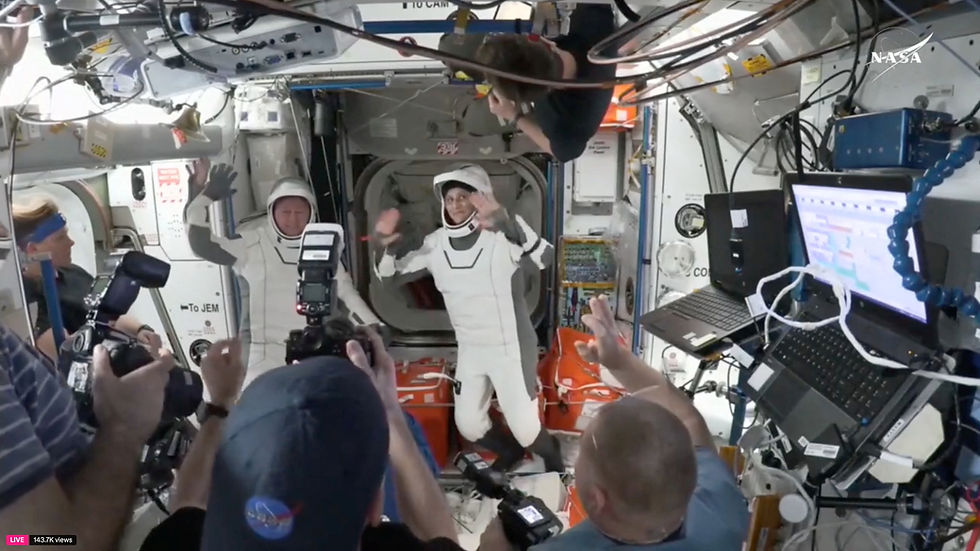Factbox-What is Gaza's Al-Mawasi region struck by Israel's military?
- News Agency
- Sep 12, 2024
- 2 min read

CAIRO - Israeli airstrikes in Gaza have repeatedly hit Al-Mawasi, a vast camp on sandy soil designated as a humanitarian area where the military has told hundreds of thousands of Palestinians to shelter since ordering them out of their homes.
Here are some facts about Al-Mawasi region:
* It stretches for 12 km (7 miles) along the coast, starting from the western areas of Deir Al-Balah in central Gaza to Khan Younis and Rafah in the south.
* Al-Mawasi is known to Palestinians as the "Basket of Food", known for its fertile soil and sweet underground water, which made it the best fit for agriculture.
* Gaza measures 365 square kilometres or 141 square miles and Al-Mawasi makes around 3% of the enclave's size. Most of the land is sand hills.
* There are a small number of buildings there that may not exceed 100 structures and had a population of around 9,000 people before the Israel-Hamas war erupted on Oct. 7.
* Al-Mawasi has been turned into the main displacement and refuge area for hundreds of thousands of Palestinians, who have been ordered by the Israeli army to leave their homes.
* In July, 90 Palestinians were killed in what Israel said was a strike that killed Hamas' elusive military chief Mohammed Deif at the eighth attempt. Hamas did not confirm Deif's death.
* Israel has accused Hamas of exploiting Al-Mawasi and other civilian areas for military purposes, an allegation Hamas denies.
The group has accused Israel of indiscriminate bombings in the military campaign it unleashed after Hamas stormed Israel, including in Al-Mawasi.
* The United Nations humanitarian agency has said Gaza's population of 2.3 million is increasingly concentrated in the Israeli-designated zone in Al-Mawasi.
The U.N. Palestinian refugee agency (UNWRA) estimates more than 1 million people are now sheltering in the area.









.png)








Comments